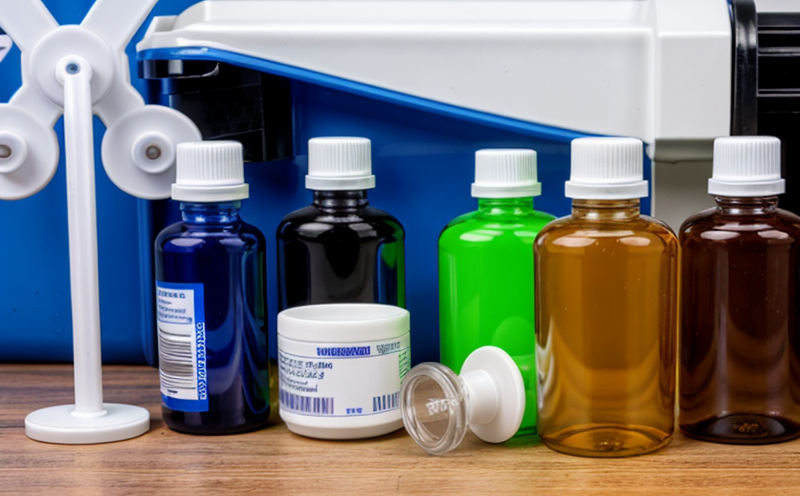EN 16206 Cadmium in Healthcare Waste
The European Standard EN 16206:2014 specifies a method for the determination of cadmium in healthcare waste by means of atomic absorption spectrometry (AAS). This standard is crucial in ensuring that hazardous materials are handled and disposed of correctly, adhering to stringent environmental regulations.
Medical and pharmaceutical waste often contains various heavy metals, including cadmium. Cadmium can be released into the environment during improper disposal or incineration processes, leading to potential health risks for humans and ecosystems alike. Compliance with EN 16206 is essential for facilities that generate such waste to ensure they are not contributing to environmental pollution.
The testing procedure outlined in this standard involves several steps:
- Sampling: Collect representative samples of the healthcare waste from various sources and types, ensuring a diverse range to cover all possible cadmium-containing materials.
- Preliminary Treatment: The collected samples undergo preliminary treatment such as drying, homogenization, and crushing. This ensures uniformity in sample preparation.
- Digestion: Digest the samples using appropriate reagents like nitric acid or perchloric acid to release cadmium from its bound form into solution.
- Detection: Use atomic absorption spectrometry (AAS) to measure the concentration of cadmium in the solutions. This method provides accurate and precise results, allowing for reliable quantification even at low concentrations.
The acceptance criteria for this standard are strict, ensuring that any detected levels of cadmium do not exceed permissible limits set by environmental regulations. Compliance with these standards is critical for waste management facilities to avoid legal repercussions and ensure public safety.
Why It Matters
The importance of testing cadmium in healthcare waste cannot be overstated. Cadmium is a heavy metal known to cause severe health issues, including kidney and liver damage, when exposed over prolonged periods. In the context of medical and pharmaceutical waste, cadmium can originate from various sources such as batteries, plastics, or certain medications.
Improper disposal methods, particularly incineration, can lead to the release of cadmium into the atmosphere, contaminating air, water, and soil. This contamination poses significant risks not only to human health but also to wildlife and ecosystems. By adhering to EN 16206, facilities demonstrate their commitment to environmental responsibility and public health.
Compliance with this standard is particularly crucial for entities involved in waste management or handling hazardous materials. It ensures that they are not contributing to the spread of toxic substances into the environment, thereby protecting both human populations and natural habitats.
Competitive Advantage and Market Impact
- Ethical Leadership: Compliance with EN 16206 positions companies as leaders in responsible waste management, setting a benchmark for industry standards.
- Customer Trust: Demonstrating adherence to stringent environmental regulations enhances customer confidence and loyalty.
For healthcare facilities, pharmaceutical manufacturers, and waste management companies, ensuring compliance with EN 16206 can translate into a competitive edge. It allows them to differentiate themselves in the market by showcasing their commitment to sustainability and ethical practices.
The ability to provide reliable data on cadmium content is valuable for regulatory bodies and environmental organizations who rely on such information for making informed decisions regarding waste disposal policies.
Use Cases and Application Examples
| Scenario | Description |
|---|---|
| Hospital Waste Management | In a hospital setting, waste from surgical equipment and batteries often contains cadmium. Regular testing ensures that these materials are managed correctly to prevent contamination. |
| Pharmaceutical Manufacturing | During the production of certain medications, cadmium can be introduced as a byproduct or due to packaging materials. Testing this waste helps in managing it responsibly and legally. |
| Incineration Plants | For incinerators handling healthcare waste, regular monitoring of cadmium levels is essential to prevent emissions that could impact the environment. |





